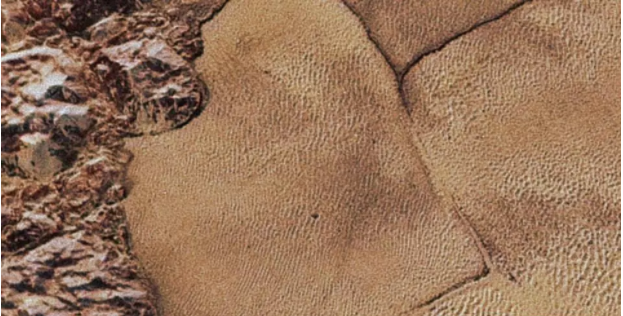WATCH: NASA video shows possible landing scenario on Pluto
Although Pluto is no longer among the eight official planets in our Solar System, the dwarf celestial body remains quite a cosmic beauty to behold.
With space exploration and colonization becoming a more likely possibility as technology advances, the National Aeronautics Space Administration (NASA) offered a glimpse of what humans of the future might see if they ever make their way to Pluto.
As seen in a remarkable 1-minute-and-47-seconds clip, a series of 100 high-resolution images of the former planet itself made viewers feel as if they were being hurtled straight toward its mysterious, slushy ice oceans.
The impressive display was made possible through the space agency’s New Horizons project, a six-month reconnaissance flyby study of Pluto.
The spacecraft spent almost ten years traveling three billion miles to reach Pluto’s system, The Sun reported.
After showing shots of Pluto from a distance, the video zooms in on the stunning details of the celestial body’s ice-covered basin, dubbed as the Sputnik Planitia.
The shoreline of the glacial basin will reportedly be the ideal spot for future landings and was discovered to have similarities with the famed Hudson Bay in Northeastern Canada.
Meanwhile, New Horizons principal investigator Alan Stern was thrilled with the discovery and explained the photos’ large impact on future space explorations.
“Just over a year ago, Pluto was a dot in the distance,” the official, who’s currently stationed at the Southwest Research Institute, Boulder, Colorado, said in the report.
“This video shows what it would be like to ride aboard an approaching spacecraft and see Pluto grow to become a world, and then to swoop down over its spectacular terrains as if we were approaching some future landing on them,” he added.
Stern also revealed that the New Horizons space probe is currently hurtling even farther out to explore beyond the Kuiper Belt—which is a vast ring of bodies beyond Neptune where Pluto was first discovered. Khristian Ibarrola
